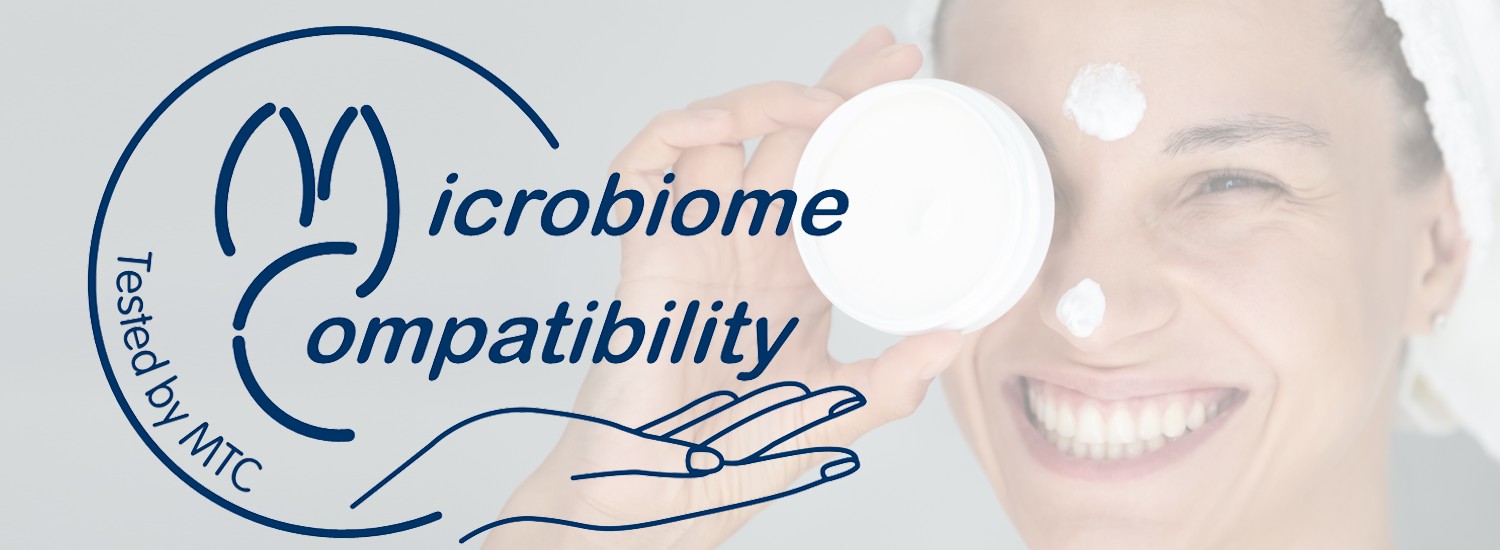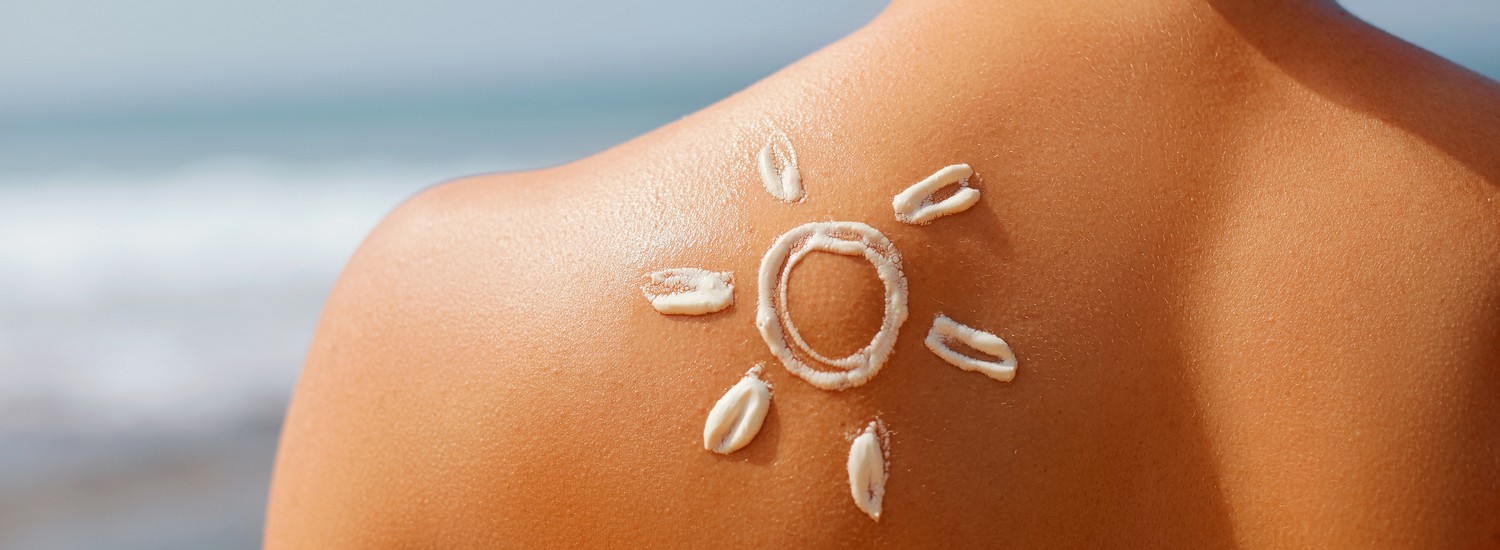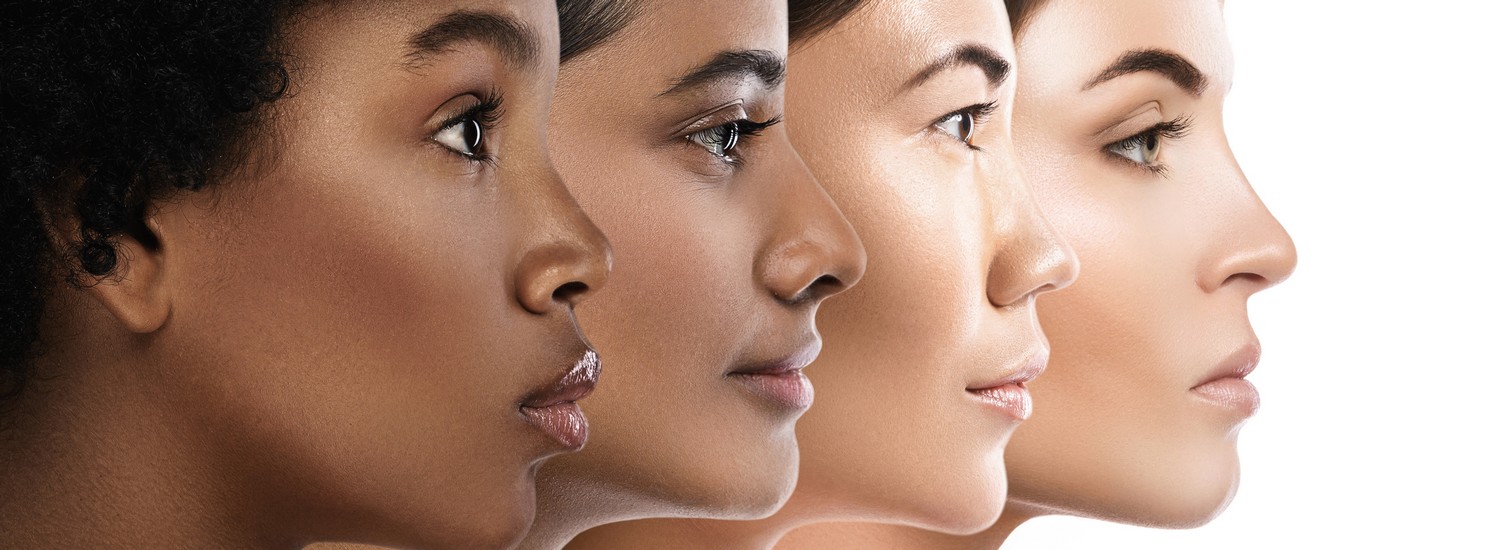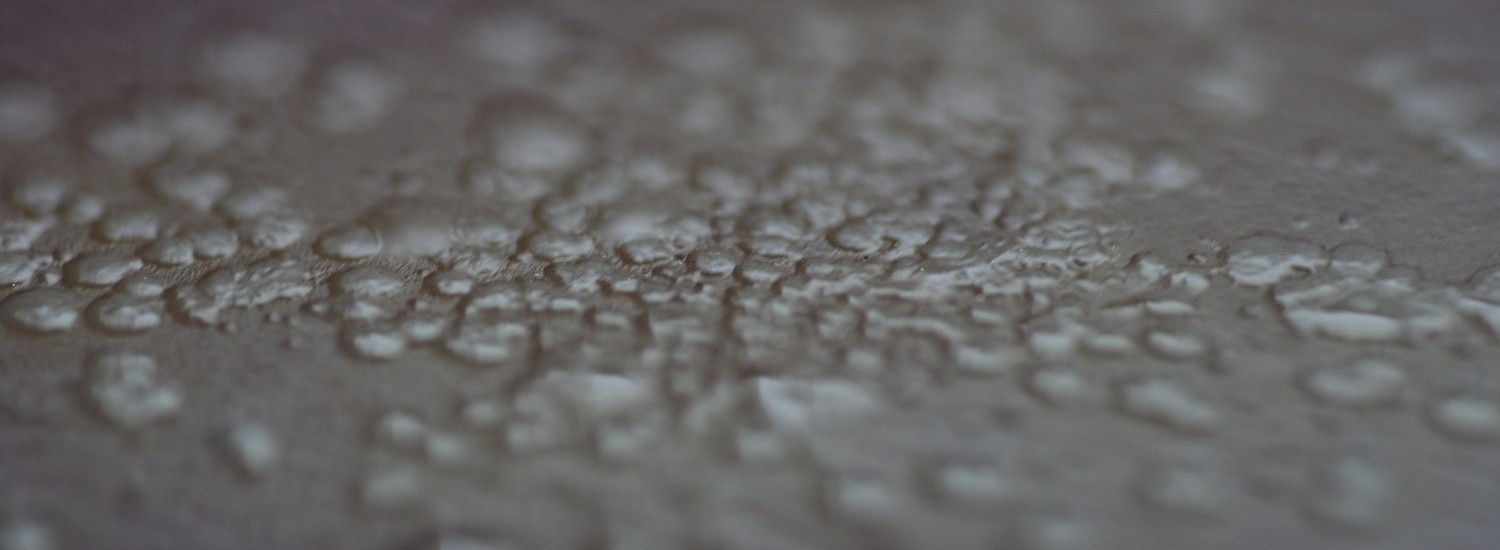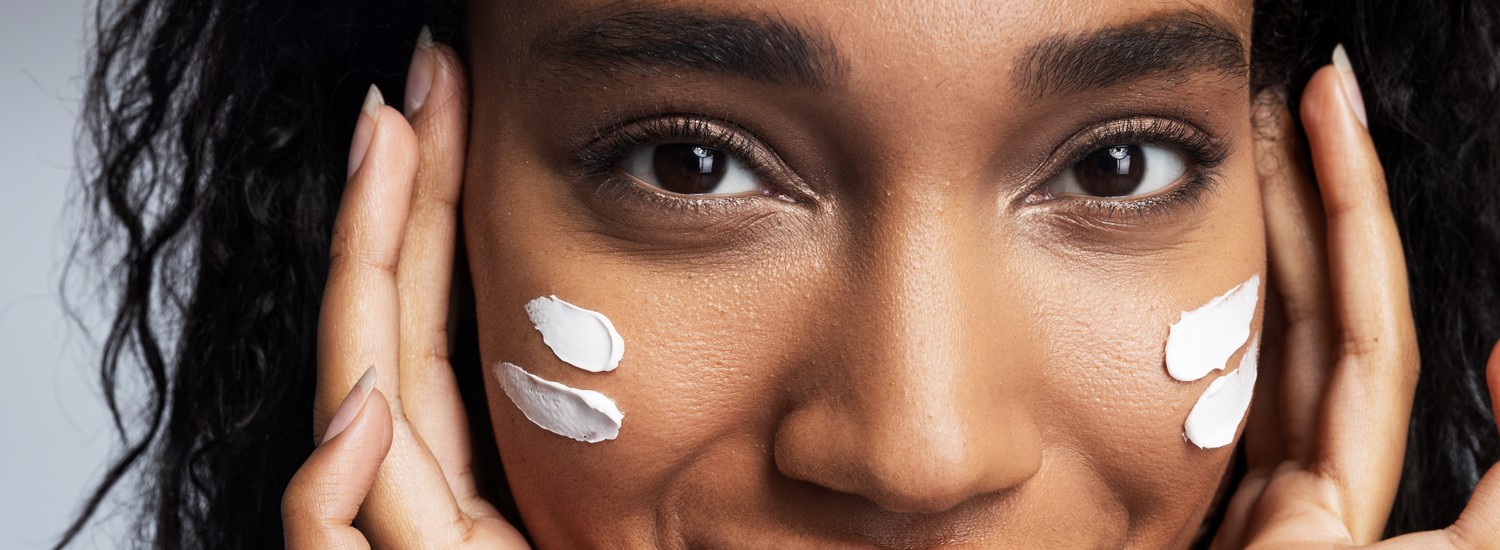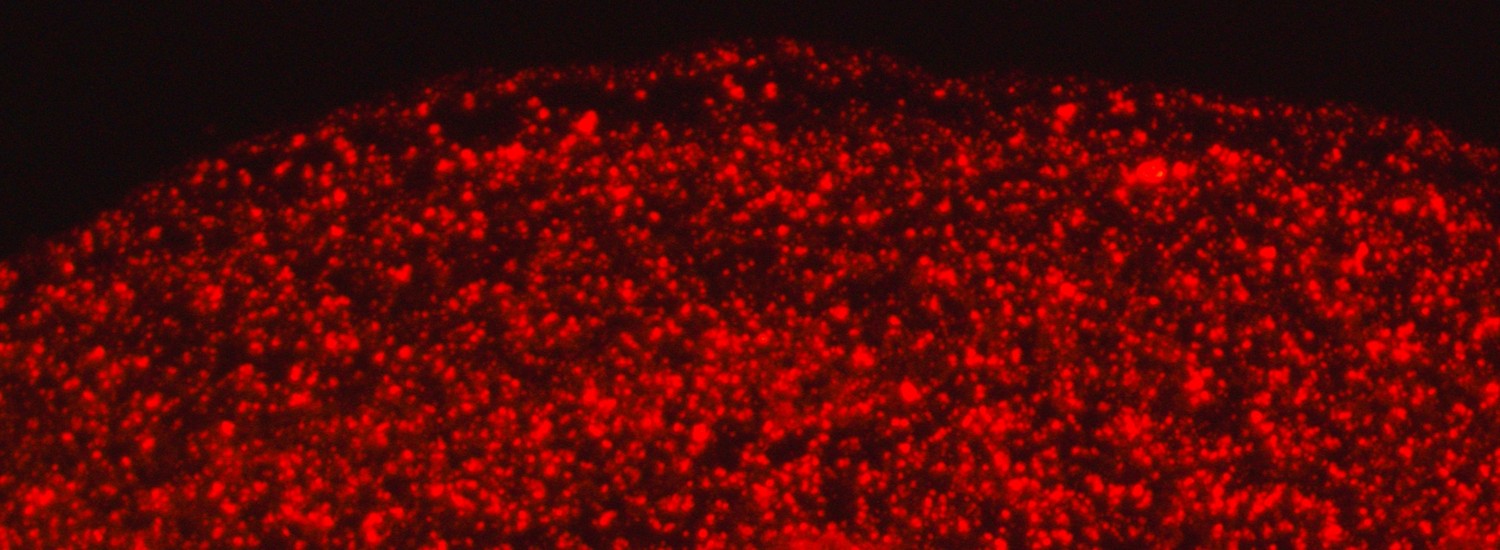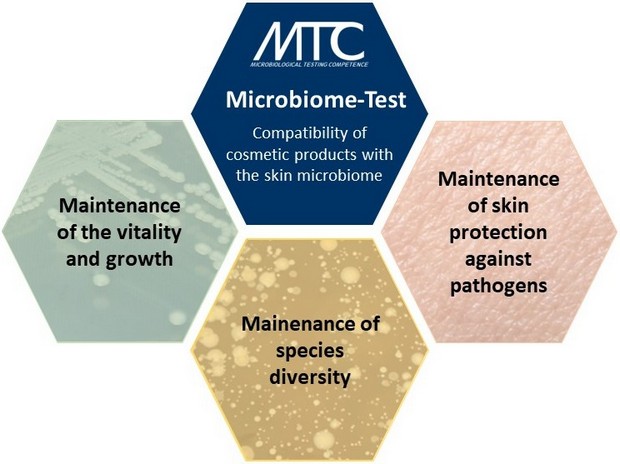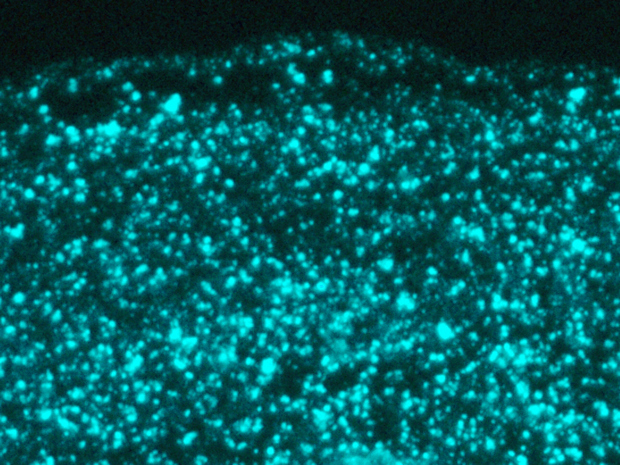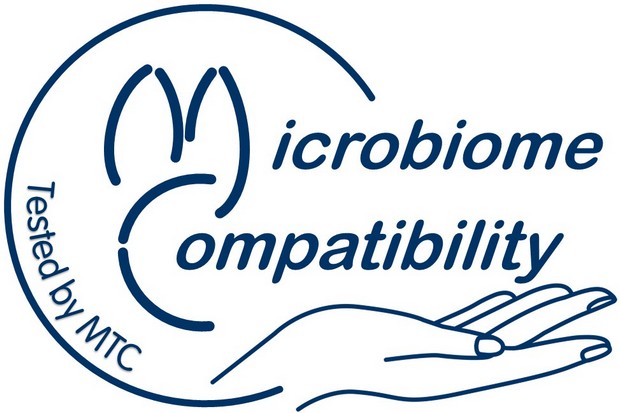The human skin microbiome
The human skin microbiome is a complex cosmos on our skin’s surface and describes the interaction of the microorganisms located there. Our skin flora includes billions of organisms such as bacteria, fungi, viruses and protozoa. Healthy skin has a balanced microbiome and is part of the human immune system. It protects the skin from foreign microorganisms by lowering the pH value for the natural protective acid mantle, produces antimicrobial peptides that inhibit the growth of pathogens and is involved in the skin’s regeneration processes.
The microbiome of a person is as different as a fingerprint, because the living microorganisms differ from body to body and vary depending on age, gender, hygiene behavior, lifestyle and our environment. But even different skin areas have a uniquely composed, local microbiome.
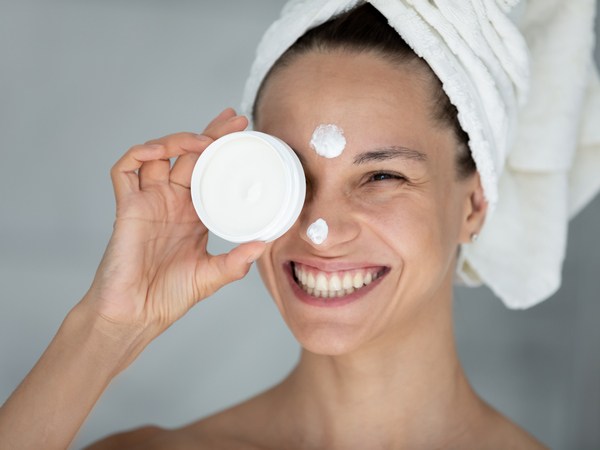
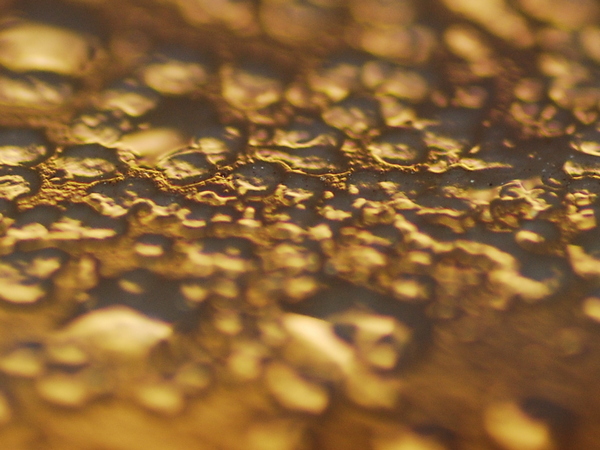
Dysbiosis of the microbiome and skin diseases
The natural balance of the skin microbiome prevents pathogens from settling on our skin. If the healthy microbiome is disturbed, skin diseases up to systemic diseases can develop.
Although the development of such diseases, such as atopic dermatitis, psoriasis, neurodermatitis or acne, is often based on a complex interaction of many influencing factors, a deregulated, dysbiotic microbiome is very often associated with these diseases.
The Skin Microbiome Test for evaluation of compatibility of cosmetic products
The skin and our microbiome are constantly exposed to internal and external influences that can affect the balance of the skin microbiome. In addition to internal factors such as age, gender or genetic predisposition, external factors such as weather, UV rays, clothing or the use of cosmetic products can also affect the skin microbiome.
Therefore, the compatibility of cosmetic products with our skin microbiome is becoming more and more important.
This is exactly where our microbiome tolerance test comes in…
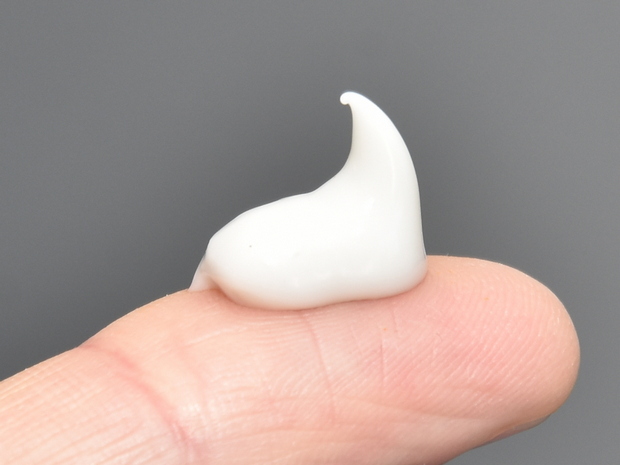
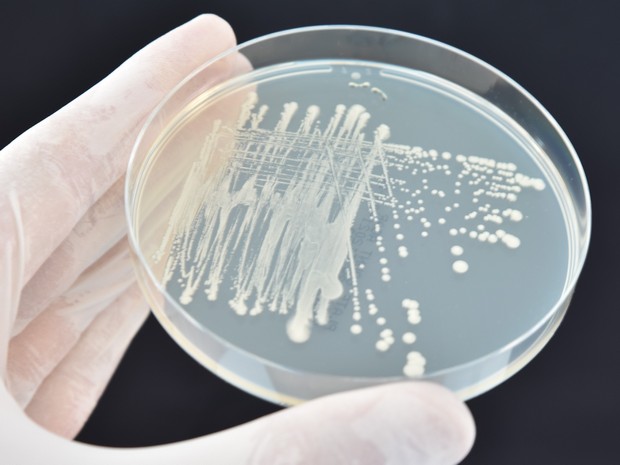
What is examined in the Microbiome Compatibility Test?
The skin microbiome test is used to examine cosmetics, care products and their ingredients that come into direct contact with human skin. The procedure examines the influence of the product on the organisms of the so-called core skin microbiome. An intact skin microbiome has a fundamental protective function for human skin. Products that come into contact with skin should therefore have good compatibility with the balance and protective function of our skin microbiome. The test is an in-vitro procedure, which means that a high degree of reproducibility of the test results can be achieved.
Aspects of the Microbiome Compatibility Test
Maintaining the vitality of the microorganisms of the core microbiome
In this test aspect, the growth behavior of the individual indicator organisms of the skin microbiome is examined in comparison to an untreated control batch.
Maintaining the diversity of microorganisms
In this test aspect, the influence of the cosmetic product on the change in the composition of the selected microbiome indicator organisms in the presence of the test product is examined in comparison to an untreated control batch.
Maintaining the skin protection function
The microbial protective function is an essential function of the skin microbiome. For this purpose, the indicator organisms are embedded in a 3D matrix. After the system has been established (adjustment of the acidic pH value and production of antibacterial peptides, so-called bacteriocins), the colonization of Staphylococcus aureus as a pathogenic test strain on the surface is examined after application of the test product.
Flexibility of the Microbiome Compatibility Test
– Test standards for microbiomes of different skin areas
– Individual adaptation of the microbiome possible depending on the application
– Adaptation to dysbiotic skin microbiomes
– Special processes for leave-on and rinse-off products
– Functional bacteriocin detection
– UV A / UV B radiation test on the microbiome
– Surface Protection Test: Evidence of the effectiveness of antimicrobially active products
– Investigation of the kinetics of action over time of antimicrobial products
How can I benefit from the Microbiome Compatibility Test?
The skin microbiome tolerance test provides scientifically based test results on the tolerance of the test product to the key organisms of the human core skin microbiome. The investigations are carried out on living organisms, so that physiological influences on the metabolism of the microorganisms are also taken into account. The in-vitro methods used are characterized by an extremely high degree of reproducibility and speed. Passing the skin microbiome compatibility test confirms that the test product supports the skin’s natural microbiome and its protective function. With our microbiome compatibility test, we support statements such as:
friendly to the microbiome, gentle on the microbiome, compatible with the microbiome, preserves the diversity of the microbiome, …
